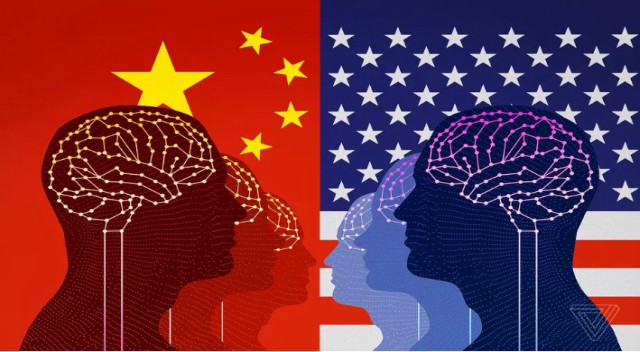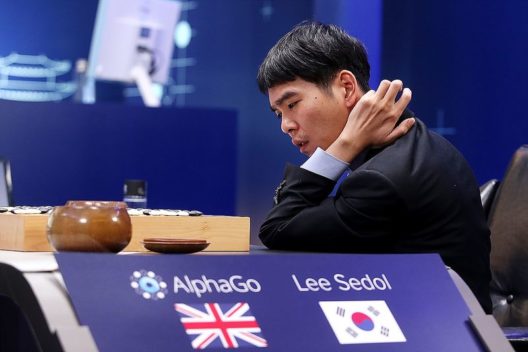
To become the world’s first AI superpower 1/3
China and the US are battling to become the world’s first AI superpower
In October 1957, the Soviet Union launched the Earth’s first artificial satellite, Sputnik 1. The craft was no bigger than a beach ball, but it spurred the US into a frenzy of research and investment that would eventually put humans on the Moon. Sixty years Later, the world might have had its second “Sputnik moment.” But this time, it’s not the US receiving the wake-up call, but China; and the goal is not the exploration of space, but the creation of artificial intelligence.
The second Sputnik arrived in the form of AlphaGo, the AI system developed by Google-owned DeepMind. In 2016, AlphaGo beat South Korean master Lee Se-dol at the ancient Chinese board game Go, and in May this year, it toppled the Chinese World champion, Ke Jie. Two professors who consult with the Chinese government on AI policy told The new York Times that these games galvanized the country’s politicians to invest in the technology. And the report the pair useful shape – published last month – makes China’s ambitions In this area clear: the country says it will become the world’s leader in AI by 2030.

“It’s a very realistic ambition,” Anthony Mullen, a director of research at analyst firm Gartner, tells The Verge. “Right now, AI is a two-horse race between China and the US.” And, says Mullen, China has all The same it needs to move into first. These includ e government funding, a massive population, a lively research community, and a society that seems primed for technological change. And it all invites the trillion- Can China really beat the US?
STRENGTH IN NUMBERS
To build great AI, you need data, and nothing produces data quite like humans. These mean people China’s massive 1.4 billion population (including some 730 million internet users) might be their biggest advantage. These citizens produce reams of useful information that can be mined by The country’s tech giants, and China is also slightly more permissive when it came to users’ privacy. For the purposes of building AI, this supersuing with European countries and their “citizen-centric legislation,” says Mullen. Companies like Apple and Google Are workarounds for this privacy problem, but it’s simpler not to bother in the first place.

In China, this is meant that there are deployed in ways that might not be acceptable in the West. For example, facial recognition technology is used for everything from identifying jaywalkers to dispensing toilet paper. These schem seem trivial, but as any researcher will Tell you, there’s substitute for deploying tech in the wild for testing and developing. “I do not think China will have the same level of existential crisis about the development of AI that the West will have,” says Mullen.
The adventures of Microsoft chatbots in China and the US make for a good comparison. In China, the company’s Xiaoice bot, which is downloadable as an app, has more than 40 million users, with regulars talking to it every night. Book of poetry under a pseudonym, sparking a debate in the country about artificial creativity. By comparison, the American version of the bot, named Tay, was famously shut down in a matter of days after Twitter users taught it to be racist.
Matt Scott, CTO of Beijing machine vision startup Malong Technologies, says China’s attitude toward new technology can be “risk-taking” in a bracing way. “For AI you have to be at the cutting edge,” he says. “If you’re using technology that’s one year old, you’re outdated. And I definitely find that in China — at least, my community in China — is very adept at taking on these risks.”
